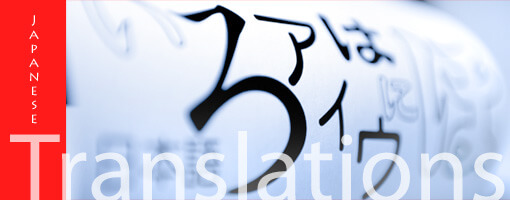It’s quite realistic to assume that when websites are translated into many different languages that sales will be boosted. Consumers are far more likely to buy from a website in their own language and spend longer browsing too. It is taking a long time for global brands to realise the importance of using professional translation services to get their websites and product information translated into global languages.
It is of course not necessarily straightforward when translating brand information as there are variations in the way countries who seemingly speak the same language have local differences that are not necessarily that easy to understand. For example, in the United States, the name for sports shoes is “sneakers” while in Britain the word used is “trainers.” These are two totally different words which only the people from those countries would clearly understand.
Some businesses have begun to learn about these language variations such as Tory Burch who uses different words for his U.S. site and his British site when marketing clothing. He sells “sweaters” in the U.S. and “jumpers” in Britain which are two different words used for the same type of clothing.
Website language is important
If your business fails to take notice of the nuances in a language then sales performance will not be so good. This is partly due to the search words potential customers may use. If Tory Burch used the word jumper on his U.S. site but the term used for this item of clothing in the U.S. is sweater then few people will be directed to his website when they use their specific search term.
Glossaries are built up by translators who work for translation services in Australia so that when they are asked to perform a translation they have a good idea of what terms are used in the country in question for certain words related to the product information being translated. It has taken time for these glossaries to be formed as global brands have only fairly recently seen the importance of translating websites and product descriptions into the type of language used by their potential customers.
Glossaries for Spanish customers from Spain may be different from those compiled for Argentinean customers. This is the same for documents such as legal documents as different terms may be used for legal concepts in different countries so a word by word translation is not possible. Document translation services have slowly built up glossaries so they can better meet the needs of their international clients by ensuring the correct legal terms are used.







